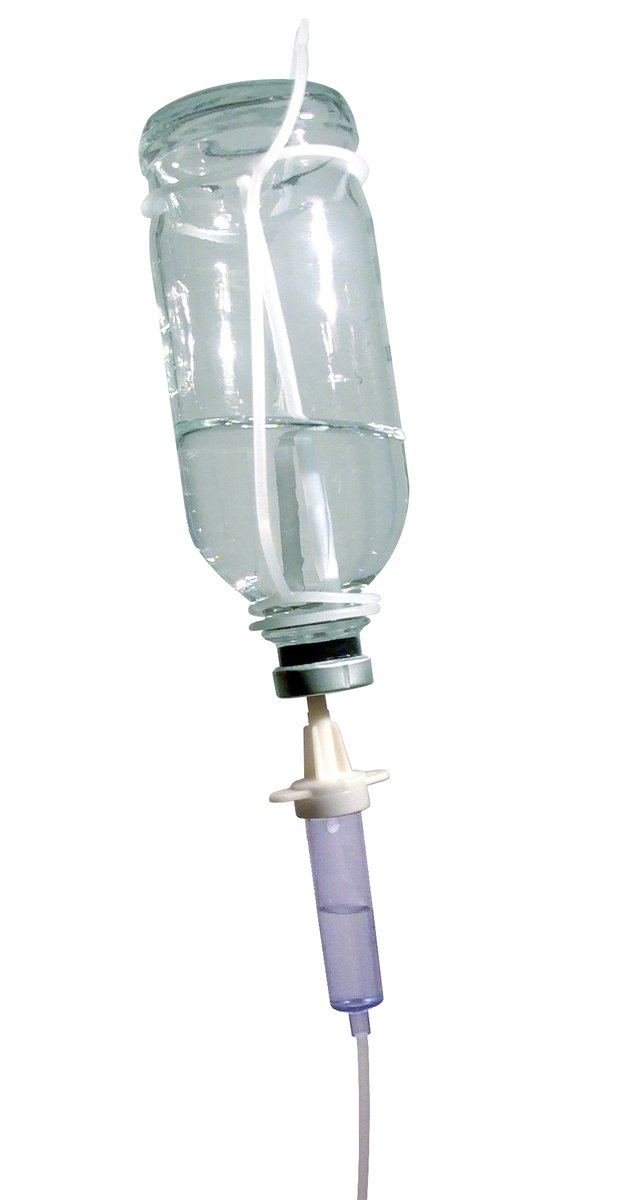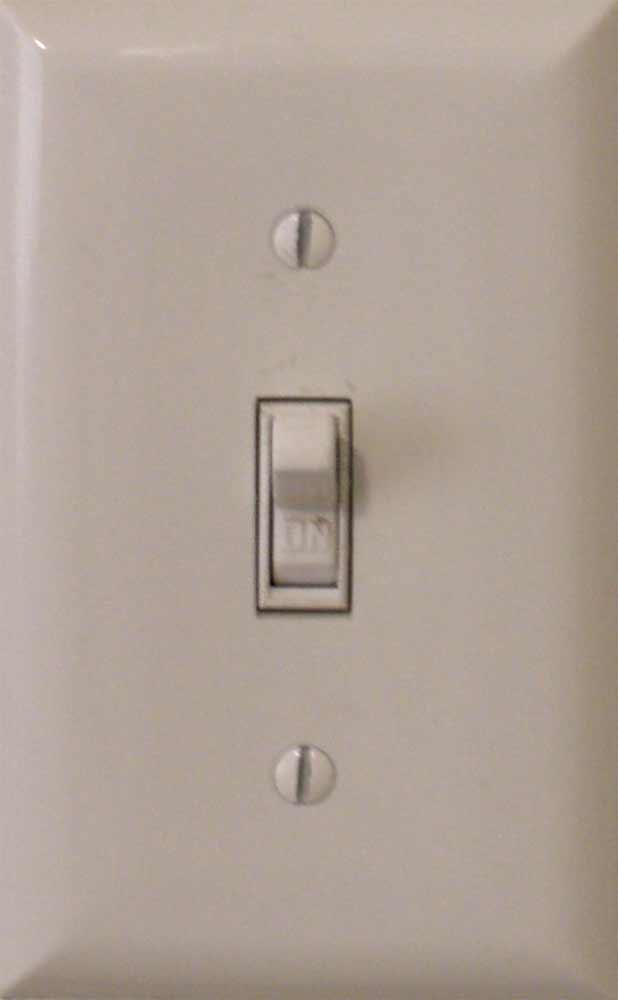Chemotherapeutics can be given orally (as tablets or capsules), intravenously, or directly into the tumour. In general, lower dosages of chemotherapeutics are given to dogs than humans and therefore dogs tend to tolerate chemotherapy better than humans. The typical symptoms of vomiting, nausea and hair loss are only seen in a small percentage of patients (less than 20%).
Several forms of chemotherapy exist, with different mechanisms of action and different types of side effects.
The most common form of chemotherapy is the intermittent administration of high doses of chemotherapeutics. These high doses mostly target fast dividing cells such as cancer cells. Unfortunately, the high doses can cause side effects for other fast dividing cells (i.e.cells of the gastro-intestinal tract, immune system). Because the body needs time to recover from this type of treatment, there are breaks of 1, 2 or 3 weeks in between treatments depending on the individual patient and the chemotherapeutic agent used.
Chemotherapeutics can kill or damage cancer cells and can be used as a sole treatment or in combination with another.
The side effects of high-dose chemotherapy are in general far less pronounced in animals than in humans. In contrary to human medicine, veterinary medicine focuses primarily on quality of life rather than extension of life. As a result, some animals demonstrate an increased quality of life and improved appetite during and after the course of chemotherapy.
Although a better quality of life is pursued through chemotherapy, high-dose chemotherapy can be accompanied by side effects, such as vomiting, nausea, refusal to eat, diarrhea, hair loss and bone marrow suppression (depending on the compounds used).

A less well-known method of chemotherapy is the continuous administration of low doses of chemotherapeutics. The term “metronomic” is derived from the metronome (the device used in music to designate the rhythm of the music), to indicate its regular administration.
The goal of metronomic chemotherapy is to interrupt the food supply of the tumour by disturbing the formation of new blood vessels in the tumour. The less the tumour is fed, the less it can grow. Additionally, this form of chemotherapy will also stimulate the immune system of the body against the tumour. The goal of this form of chemotherapy therefore is to halt tumour growth rather than to reduce the amount of tumour tissue.
This treatment type is promising, but currently the optimal dosing schedule is unknown as are the most suitable treatments to be combined with metronomic chemotherapy. In general, this treatment type causes less side effects than high dose chemotherapy, is easier to administer and has a lower cost, but it can only be used for a limited number of slow-growing tumours.
Metronomic chemotherapy is always given orally (e.g. tablets or capsules) and is administered at home by the owner. This may increase the risk of exposure for the owner and their family to chemotherapeutic drugs. Please find more information below about the precautions when dealing with chemotherapeutics.

